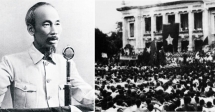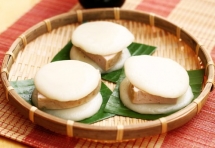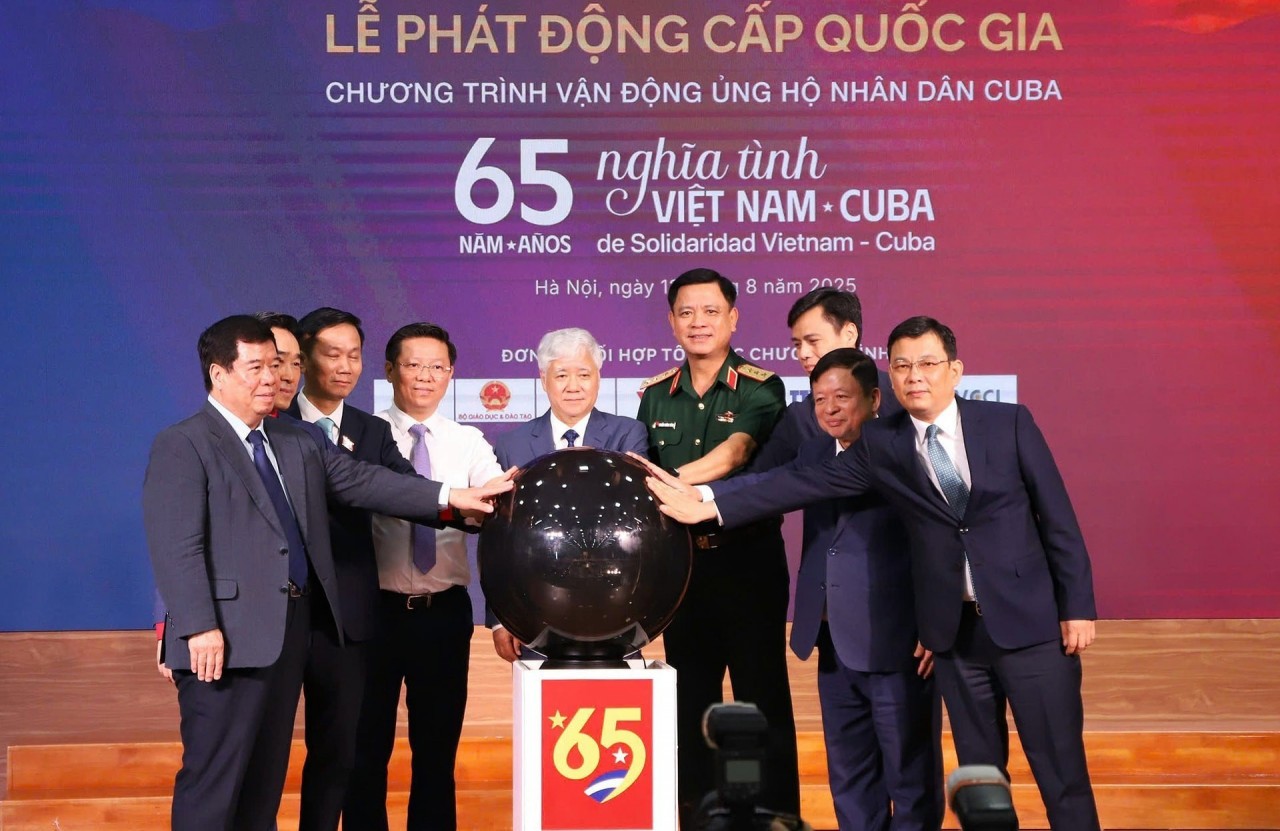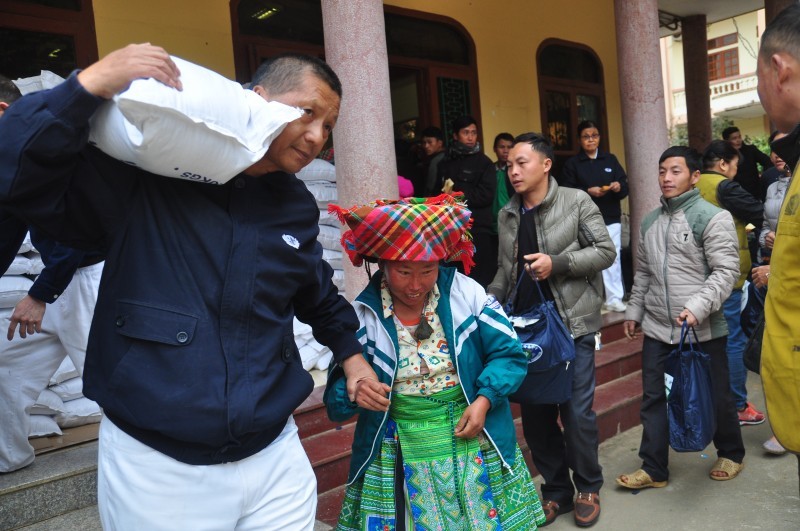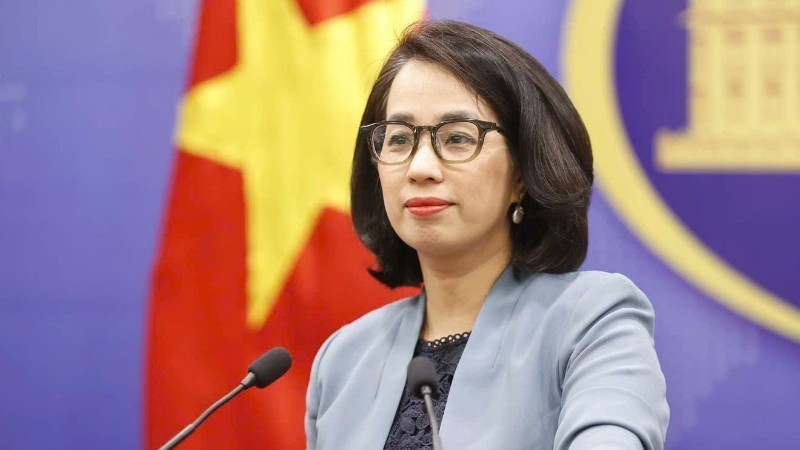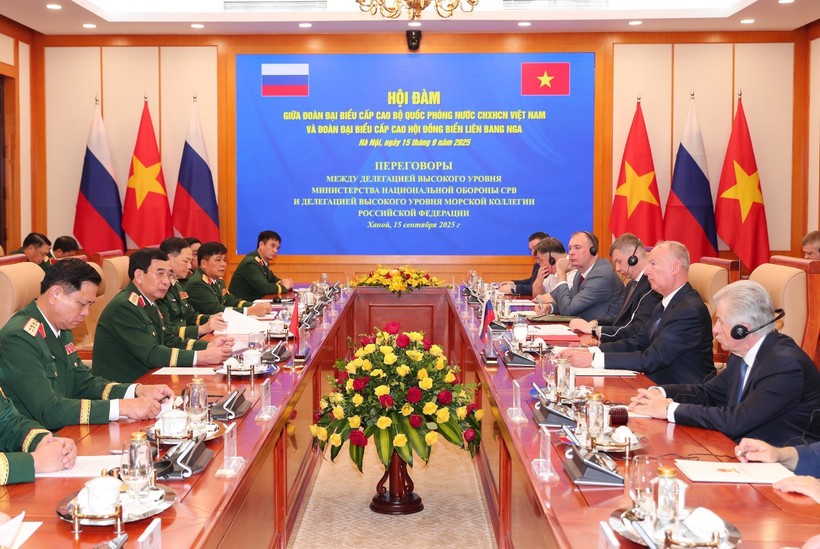Top 5 Iconic Symbols in Vietnam
| National symbols of Vietnam: National flag, emblem, anthem, declaration of independence | |
| Banh giay cakes, ancient symbols of gratitude | |
| Visiting three symbols of friendship in Phu Tho province |
Vietnam is home to not only a rich culture and long-lasting traditions, but also a long list of iconic destinations. From the north to the south, visitors can easily come across a random symbolic site, including the five mentioned below.
Top 5 must-visit iconic symbols in Vietnam
Turtle tower
Khue Van Cac pavilion
Meridian Gate
Trang Tien Bridge
Ben Thanh market
 |
| Photo: Timeout Vietnam |
Turtle tower - Top iconic symbol in Vietnam
Thap Rua Tower Hanoi, also known as Turtle Tower, commemorates local folk hero, Le Loi, who had freed the Vietnamese from Chinese forces back in 1425. One of Hanoi’s most iconic attractions, it was constructed on a small island in the middle of Hoan Kiem Lake in 1886, symbolising the patriotic pride of the local population.
According to legend, a Dragon King helped Le Loi achieve his victory by secretly gifting a mystical sword, which gave him the strength and power to rally his troops against the Ming army. The blade of the sword was found by a fisherman in his net while its handle was discovered in a banyan tree by Le Loi himself.
 |
| Turtle tower. Photo: Pinterest |
Shortly after the battle, the folk hero travelled through a lake by boat, where the Dragon King reclaimed the sword in the form of a turtle. As a result, Le Loi named the lake Hoan Kiem, which translates to Lake of The Returned Sword, Vietnam Guide reported.
Thap Rua Tower Hanoi is located in Old Quarter, Hanoi City Centre. While the tower cannot be accessed to the public, it’s visible from the lake’s edge so if you’re looking to photograph the tower, you may need to have a decent zoom function for your camera.
Khue Van Cac pavilion - Top iconic symbol in Vietnam
According to the artifacts collected in the recent excavation drives around Van Mieu (Temple of Literature) in Hanoi, the special architecture features of Khue Van Cac is belonged to the Ly Dynasty (1010 – 1225) and Tran Dynasty (1225 – 1400). Students’ life living in the ancient time is reflected through these artifacts and seemed to be simple and pure compared to that of the city dwellers. There are 82 steles, where listed the names of 1306 doctors who obtained the doctoral titles at 83 royal examinations, held from 1442 to 1779, are placed the area of Van Mieu – Quoc Tu Giam.
Long after the Van Mieu was built, the architecture constructions in its site were constructed. Of those Khue Van Cac, or Pavilion of the Constellation of Literature was built during the age of Nguyen Dynasty (1802 – 1945). In 1802, King Gia Long started ruling the country and chose Hue to be his capital. In 1805, Nguyen Van Thanh, the Commander of the Northern Citadel order to build Khue Van Cac inside Van Mieu area. Meanwhile, he also commanded to build the surrounding walls around Van Mieu in 1883, Visa Vietnam said.
 |
| Khue Van Cac pavilion. Photo: Duc Dong Bao Long |
Show its reflection on the Thien Quang Well, the pavilion was a two floor complex made of wood and bricks. Positioned in the third courtyard (from the front gate) the interior of the ground floor in pavilion is totally empty. The floor is made of four brick pillars if 85 cm x 85 cm which are engraved with designs of clouds. The pillars stand on a square base, 6.8 cm x 6.8 cm, which is covered by the Bat Trang bricks. The upper floor, made of wooden frames, stands on four brick pillars, with four round windows facing the four directions and having rays like the sun. This floor was believed to be a symbol of the brilliant constellation that is shining. The Oriental people consider this star as a symbol of literature. On this floor, the balustrade is supported by engraved wooden pieces, and a gilt board with three letters of Khue Van Cac hangs on the wall.
Meridian Gate - Top iconic symbol in Vietnam
Meridian Gate, or Ngo Mon Hue is closely associated with Hue Imperial Citadel. Along with Truong Tien Bridge, Stage of Flag, Thien Mu Pagoda, Meridian Gate is considered as the most representative features of Hue City and the Complex of Hue Monuments recognized as a world heritage site by UNESCO.
Ngo Mon Gate is the main gate to the south of the Hue Imperial Citadel. It is now one of the unique architectural relics of the Nguyen Dynasty in the complex of Hue monuments, according to Best Hue City Tour.
 |
| Meridian Gate. Photo: Du Lich Hue |
Ngo Mon means a gate facing the South, but it is a special gate because of its enormous scale and unique architecture. Ngo Mon is the main entrance to enter the Hue Imperial City from Hue Citadel and it was only for the most important ceremonies. Visiting Ngo Mon, you will have a chance to visit the complex of Hue Imperial Citadel- the ancient working and residence of 13 emperors, concubines as well as eunuchs under the Nguyen dynasty. It includes Hue Citadel, Hue royal city, and Forbidden city.
Formerly in this position was Nam Khuyet Dai, built early in Gia Long period. At this gate, there is Can Nguyen Palace, the two sides have two gates: Ta Doan Mon and Huu Doan Mon. By the Minh Mang emperor reign (1833) when the Nguyen Dynasty reorganized the whole architectural plan of the Imperial City; Nam Khuyet Dai was dissolved completely to give space for the Ngo Mon Gate. In terms of etymology, Ngo Mon means a gate facing the South. This direction, according to the concept of geomancy of the East is the South. In fact, Ngo Mon’s direction as well as the entire Hue Imperial City is the axis (Northwest-Southeast) but still considered as the Ngo (South) direction.
Trang Tien Bridge - Top iconic symbol in Vietnam
Known as one of the most beautiful bridges in Hue in particular and in Vietnam in general, Trang Tien Bridge is the witness of history of the country passing the periods of the war. Tourists traveling to Hue do not miss the chance to visit and admire the beauty of the bridge.
Trang Tien Bridge joins north and south of Perfume River in Hue. The north side of the bridge belongs to Phu Hoa District and the south belongs to Phu Hoi District, right in the center of hue city in Vietnam. Trang Tien Bridge was made of bamboo crossing over Perfume River. The bridge was designed and built following Eiffel Construction Company and Gustave Eiffel was the one who designed it.
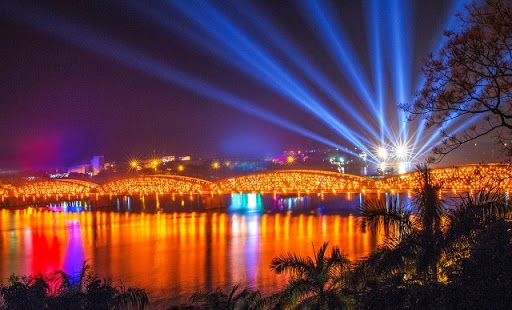 |
| Trang Tien Bridge at night. Photo: Kham Pha Hue |
It was built of concrete, steel and finished in 1899. The former name of Trang Tien Bridge was Thanh Thai and its total coast was 400 million dong. After Thanh Thai King was exiled to Réunion Island, the French governor in Vietnam changed the name of Trang Tien Bridge to Clémenceau. In 1945, the bridge was named Nguyen Hoang. In 1906, the bridge was renovated with it’s the length being 401.10 meter and the width being 6.20 meter, according to Vietnam tourism.
Standing in the bridge and feeling the gentle and romantic atmosphere are the most wonderful things that you should not miss to enjoy.
Ben Thanh market - Top iconic symbol in Vietnam
Being a bustling market in the daytime and a social center after sunset, Ben Thanh Market is absolutely a must-see attraction of the most dynamic city of viet nam.
Built in 1870 by the French, the market was initially called Les Halles Centrales before being renamed Ben Thanh in 1912. From a wet market created by street vendors by the early 17th century, Ben Thanh has experienced many ups and downs throughout it’s history, and is now the oldest surviving market and one of symbols of Ho Chi Minh city. That makes it a must for any visitors travelling to this 300-year-old city.
 |
| Ben Thanh market. Photo:Yeu Du Lich |
Today, because the market possesses one of the most crucial locations in District 1 (the intersection of Le Loi, Ham Nghi, Tran Hung Dao Avenues and Le Lai Street), transportation is extremely convenient and trade is bustling. In the morning, you can find almost everything from dry food to clothes for a reasonable price. The market atmosphere can sometime be a real hustle and bustle, but it is an exciting experience after all. However, always remember that bargain is a must in any Vietnamese market.
From late afternoon until late night, the shops inside the market are closed, but several restaurants are open outside on the surrounding streets. These small yet interesting restaurants can offer you a variety of choices: bubble teas, grills, seafood, etc. When you are tired of eating, stand up and take a walk along the neighborhood which has in no time transformed into a night market full of lights and glamour, Viet Travel wrote.
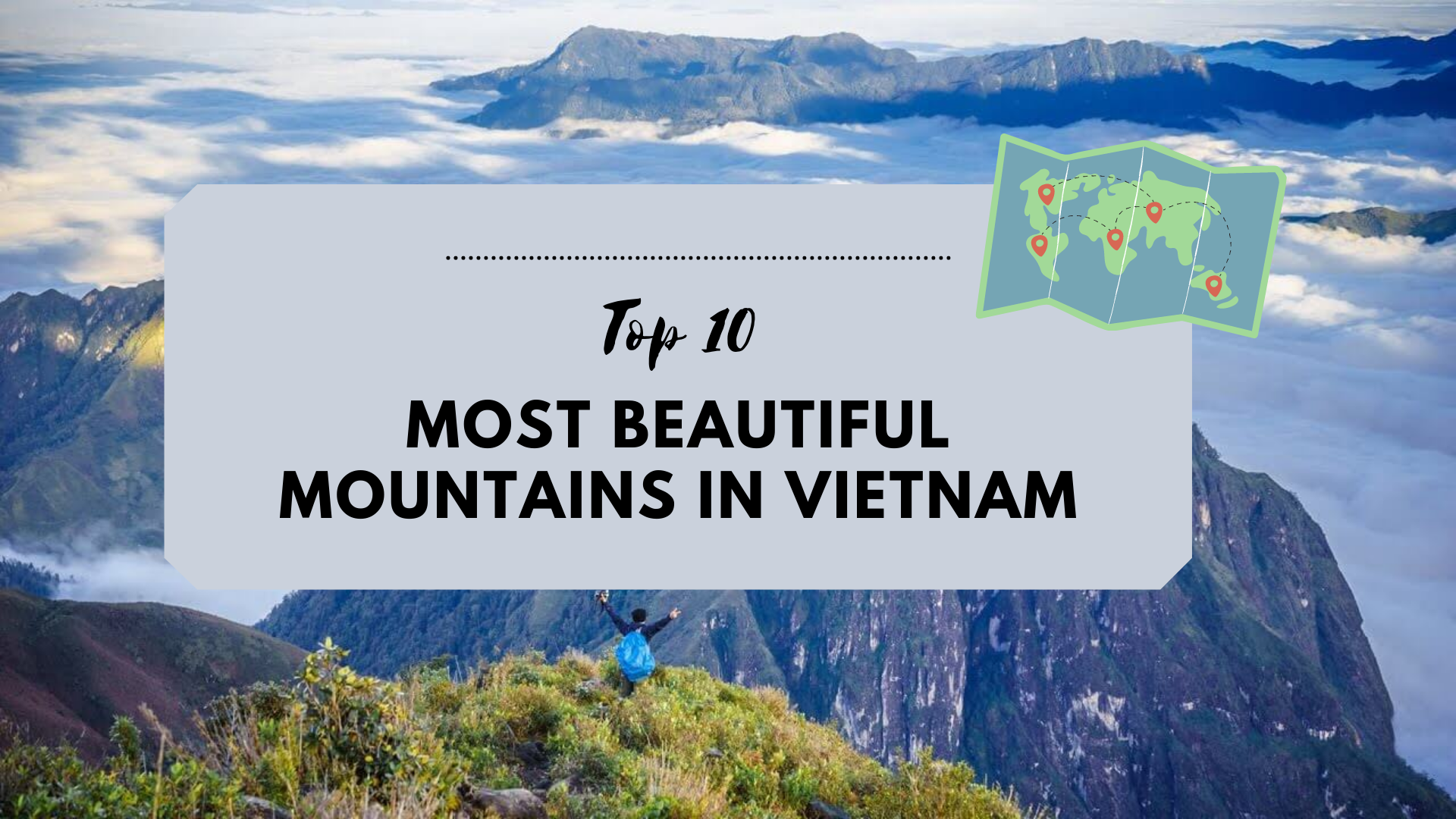 | Top 10 most beautiful mountains in Vietnam Vietnam is the land of natural beauty, including mountains, forests and rivers. Here is our list of top 10 most beautiful mountains in Vietnam that ... |
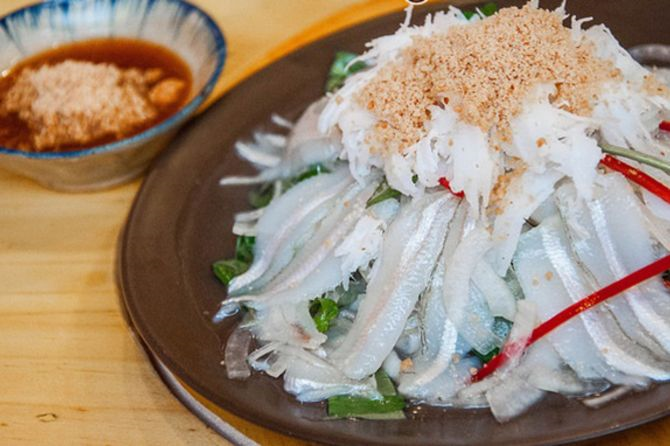 | Top 5 Must-Try Dishes in Nha Trang Nha Trang, a bustling coastal city in Khanh Hoa province, Vietnam, attracts tourists not only for its beaches and diving sites but also diverse cuisine. ... |
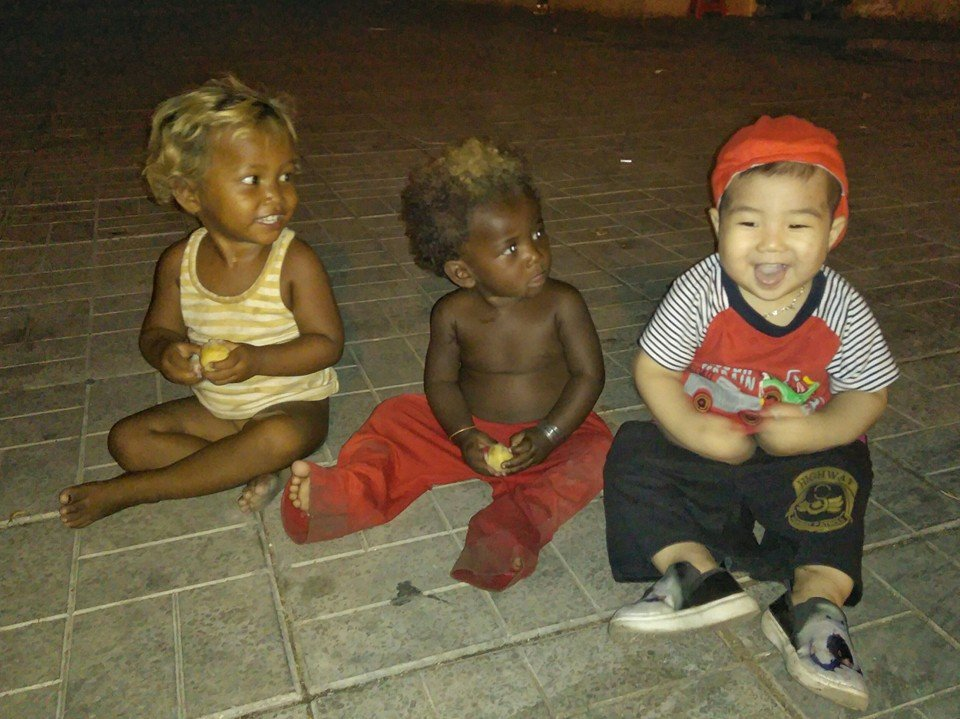 | Young father takes children backpacking to learn life skills When his son was 2 years old and his daughter near 9 years old, Pham Trung Tien took them on several trips through Asia to ... |
In topics
Recommended
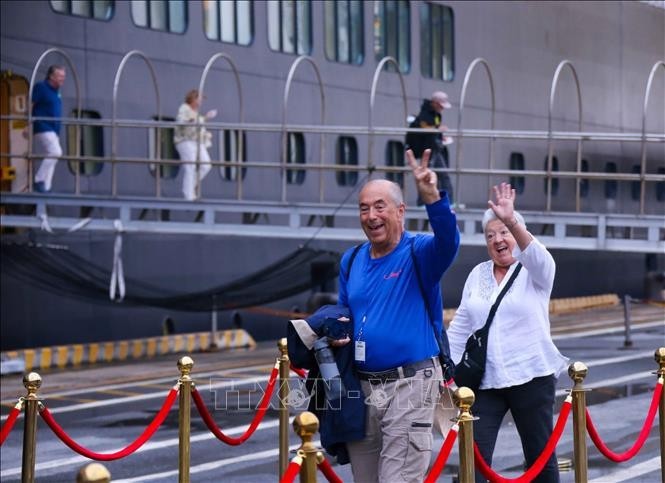 Travel
Travel
International Arrivals to Vietnam Hit New Record in 2025, up Over 20%
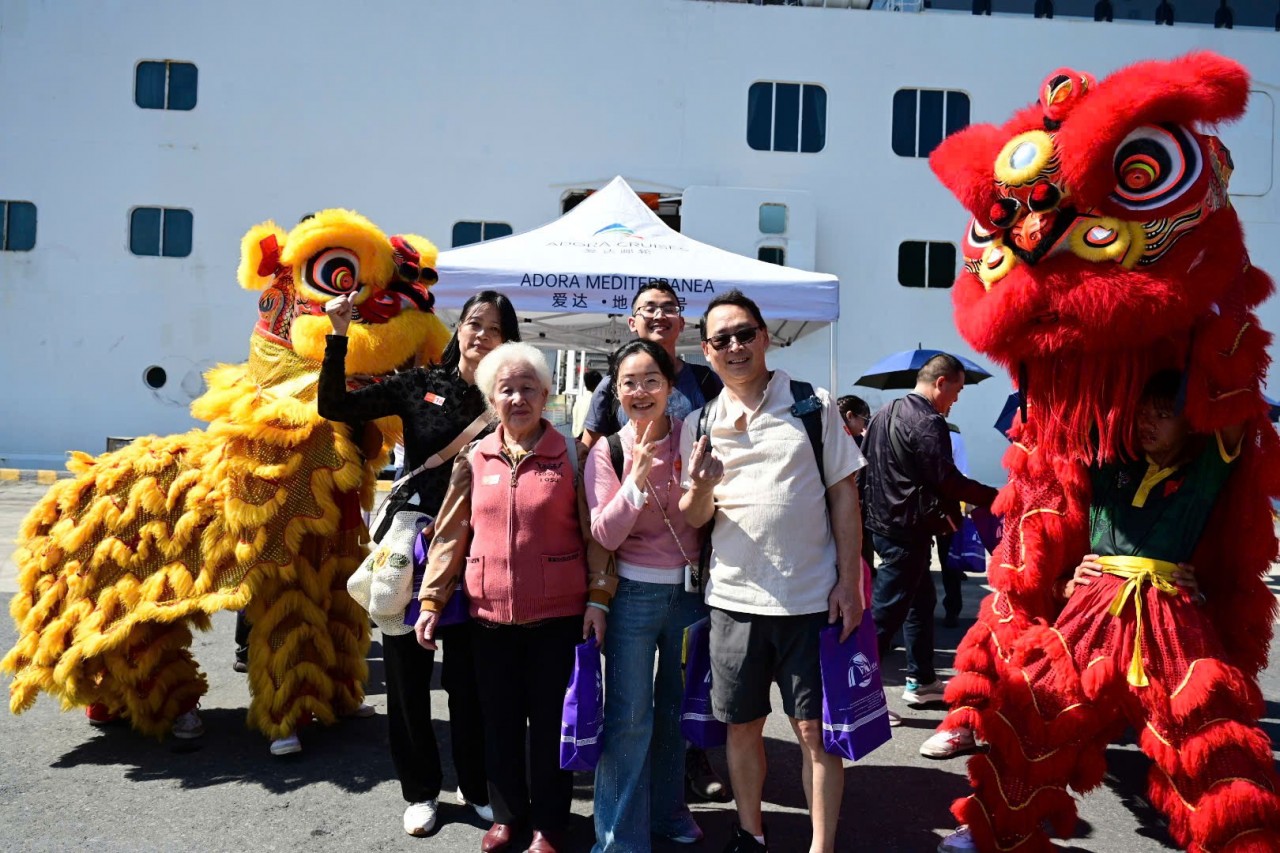 Travel
Travel
New Year’s Day 2026: Vietnam’s Tourism Makes Impressive Start with 3.5 Million Visitors
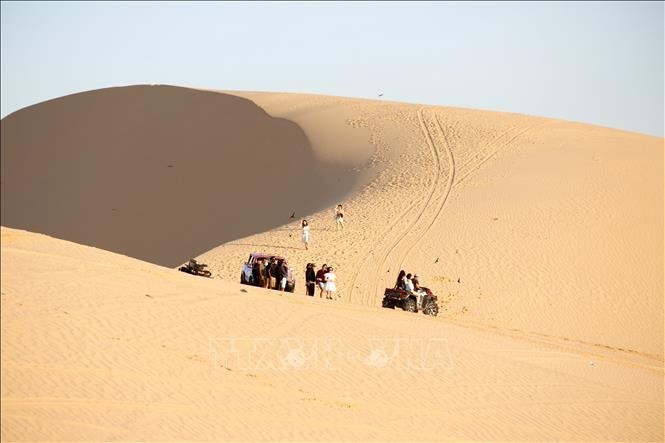 Travel
Travel
Vibrant Destinations for New Year 2026 Holiday
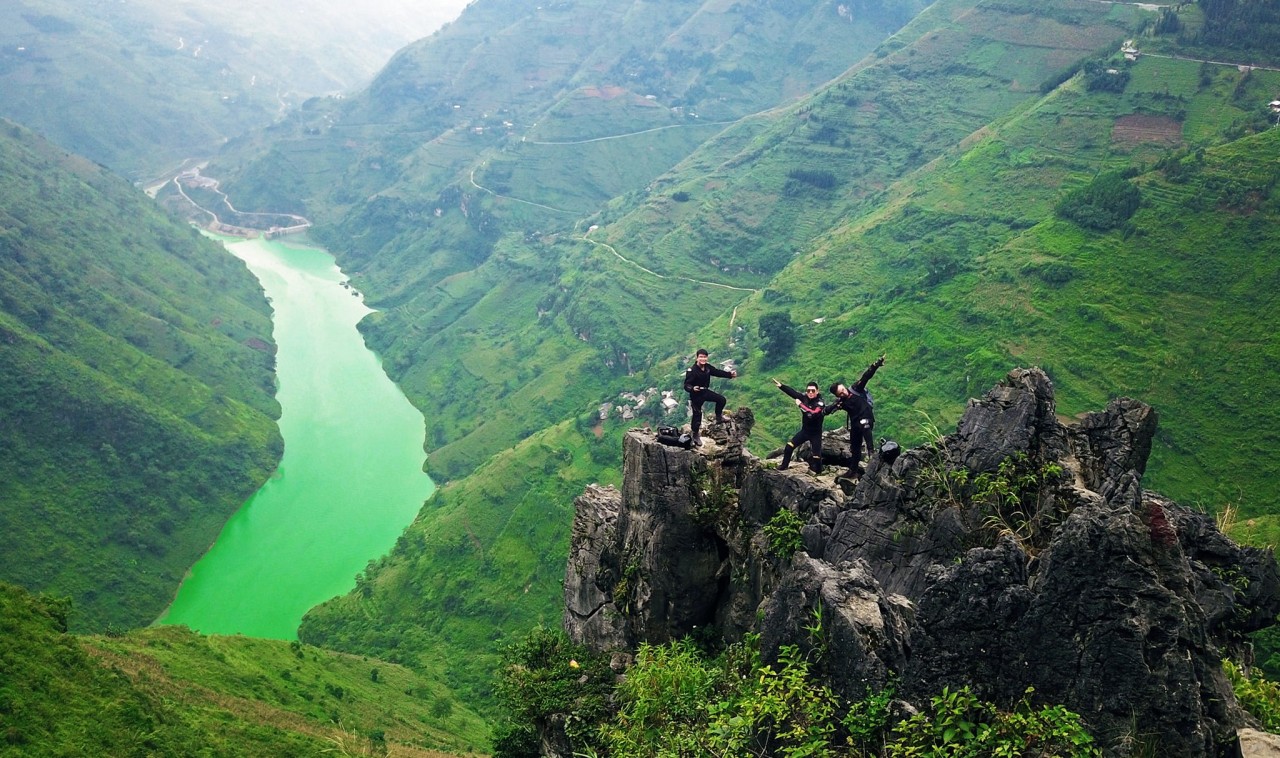 Travel
Travel
Tourism Industry: 2025's Bright Spot of Economic and Social Growth
Popular article
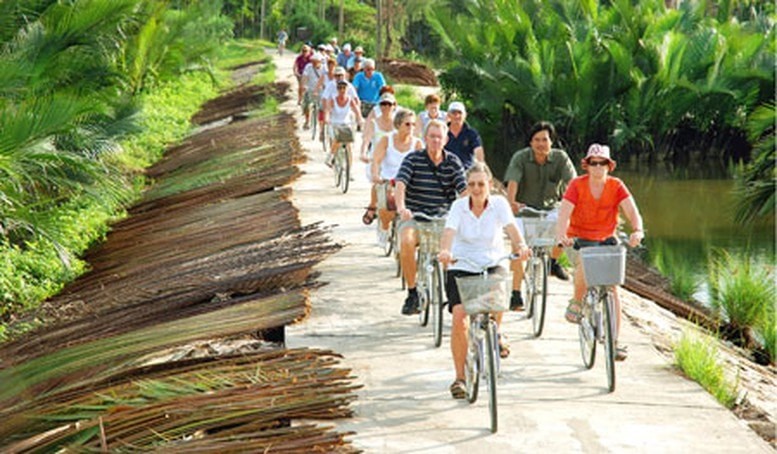 Travel
Travel
Vietnam Tourism Sets New Record with Over 19 Million International Arrivals
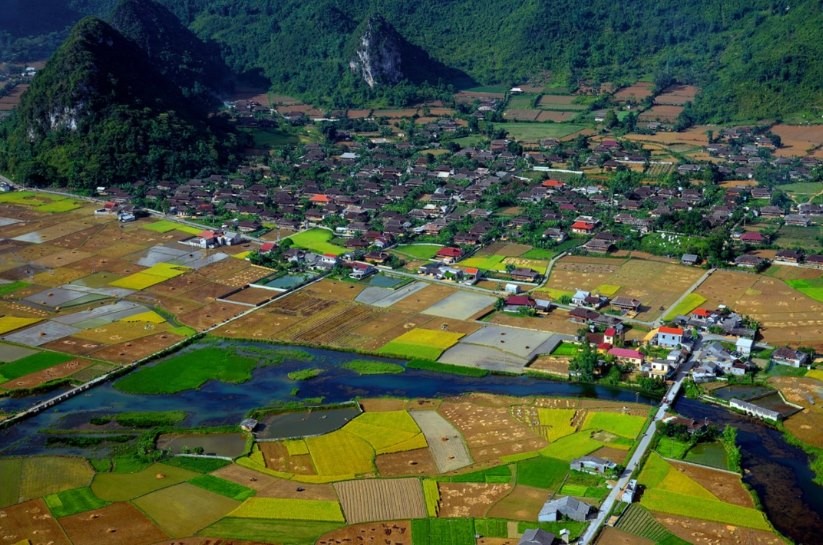 Travel
Travel
GMS International Conference with Focus on Sustainable Tourism Development
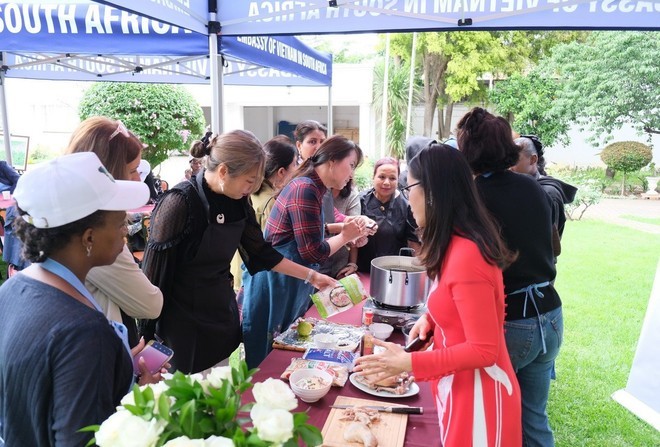 Travel
Travel
International Visitors in South Africa Experience Vietnamese Cuisine
 Travel
Travel

